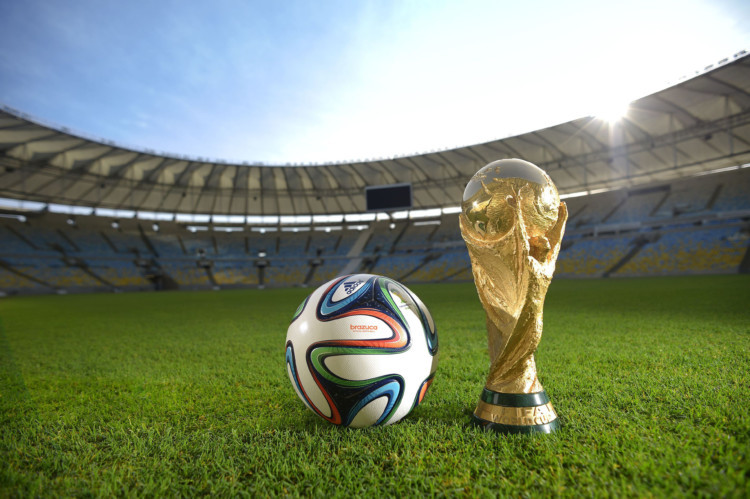
It wouldn’t be the World Cup without controversy over the ball that will be used for the Finals.
Over the years, it has been blamed ahead of players for disappointing tournaments, culminating in the severe criticism the Jabulani received in South Africa in 2010.
Last week FIFA unveiled the Brazuca, named by fans, ahead of next summer’s Finals in Brazil. And Adidas hope it will be remembered for all the right reasons.
The German manufacturers have been responsible for every ball used at World Cup Finals since Mexico in 1970. It appears nothing has been left to chance this time.
In South Africa, goalkeepers of the class of Spain’s winning captain Iker Casillas, and his Italian counterpart Gianluigi Buffon, were most scathing in their criticism, stating that the ball moved about erratically, making fools of them at times.
Casillas described the Jabulani as ‘appalling’, while Buffon said he was: ‘very sad that the World Cup had been played with such a horrible ball.’
That’s why Adidas have spent the last two-and-a-half years subjecting the Brazuca to intense examination and fine tuning.
Players of the calibre of Lionel Messi, Robin van Persie and Steven Gerrard were just three of over 600 consulted.
The ball has always been a cause of controversy, right from the very first World Cup Finals in Uruguay in 1930. The hosts and Argentina contested the Final but they couldn’t agree which ball to use.
As a compromise, they were given 45 minutes each with the ball of their choice to keep the peace! Uruguay won 4-2.
For years, the famous Thomlinson ‘T’ leather ball reigned supreme in Scotland. The Partick-based manufacturer became world famous for its product, although it never graced a World Cup Finals, mainly because Scotland didn’t qualify until 1954 and has never hosted the event.
Like all leather balls, the Thomlinson ‘T’ absorbed water and doubled in weight when it rained, giving players severe headaches if they headed it too often.
Even when moulded rubber replaced leather, associations and leagues rarely favoured the same ball.
When Alex Ferguson was Aberdeen manager, he always demanded a bag of balls from the SFA ahead of Scottish Cup ties because they used a different type from the Scottish League, with different characteristics.
Fergie’s eye for detail certainly worked as the Dons won the Cup three times in succession between 1982 and 1984!
I wonder how many balls Roy Hodgson has ordered from Adidas?

Enjoy the convenience of having The Sunday Post delivered as a digital ePaper straight to your smartphone, tablet or computer.
Subscribe for only £5.49 a month and enjoy all the benefits of the printed paper as a digital replica.
Subscribe